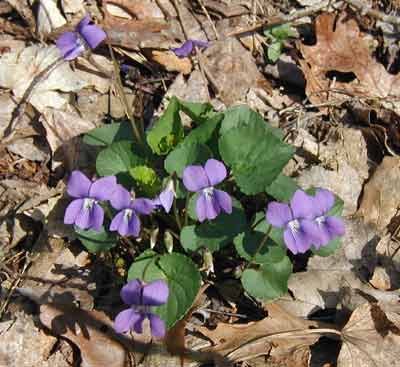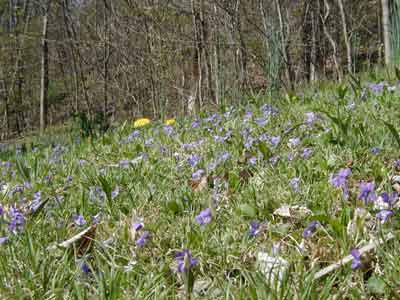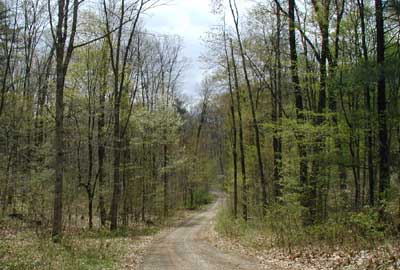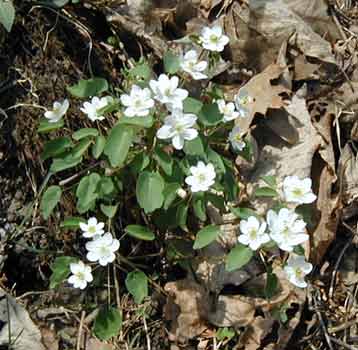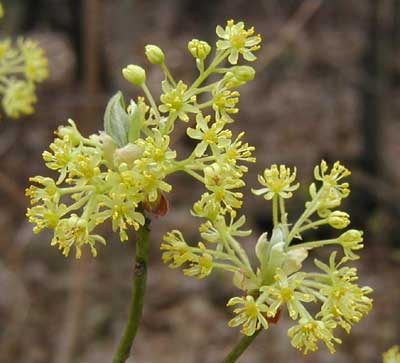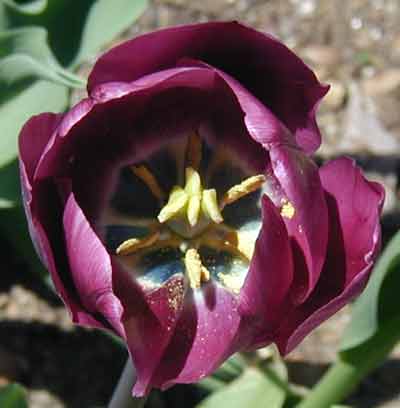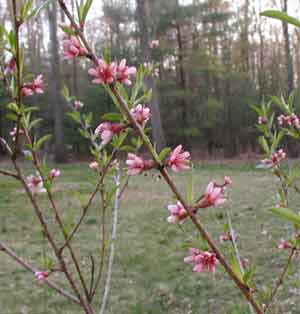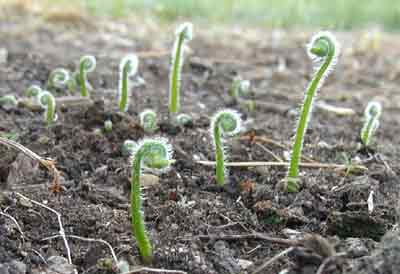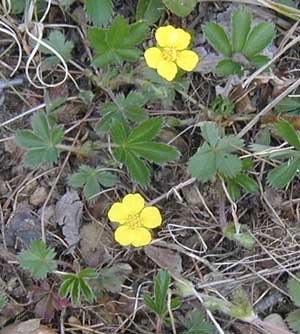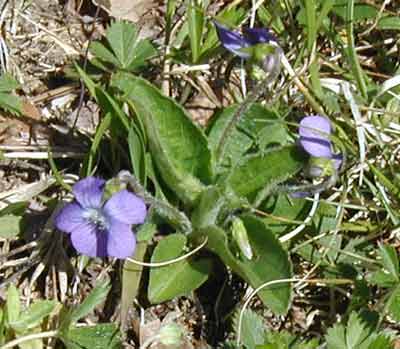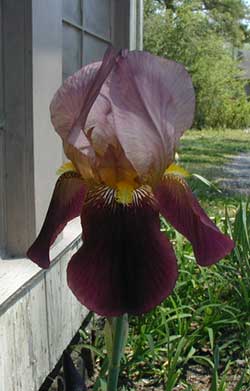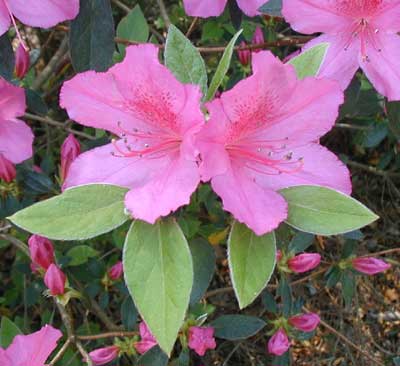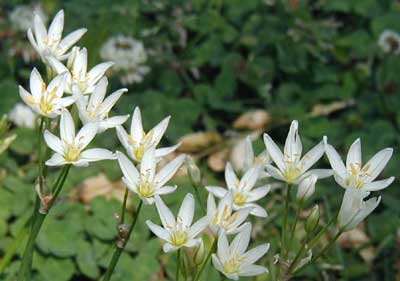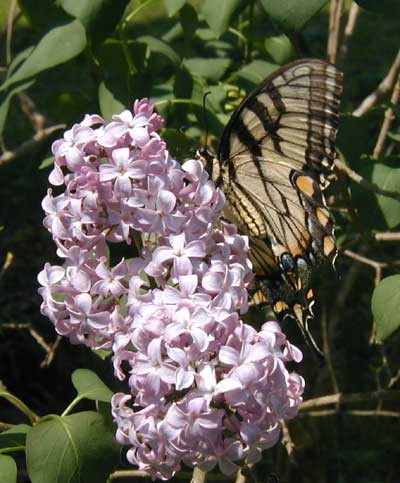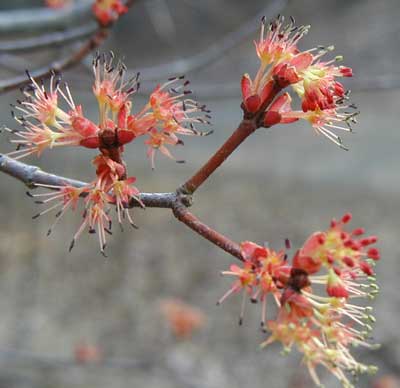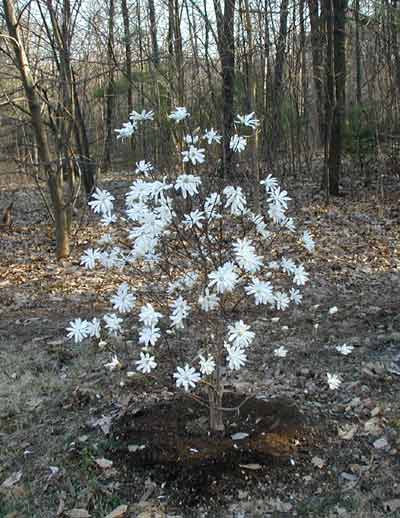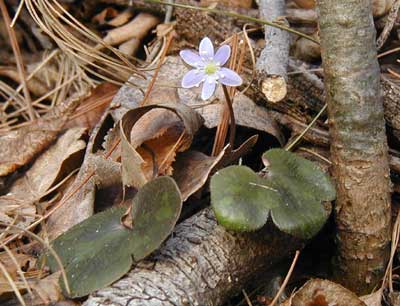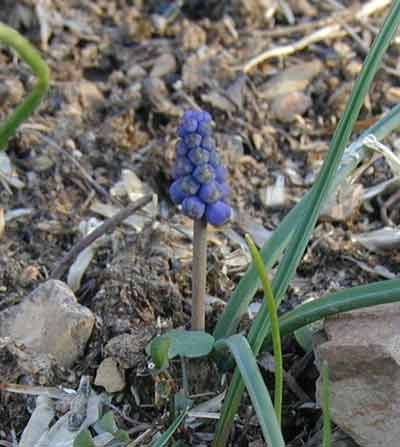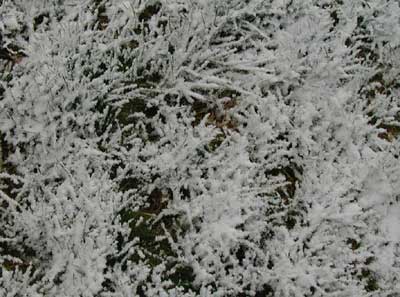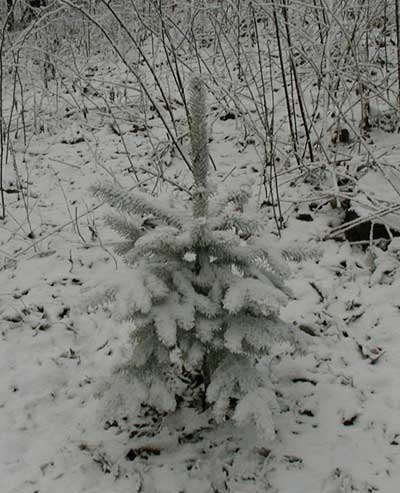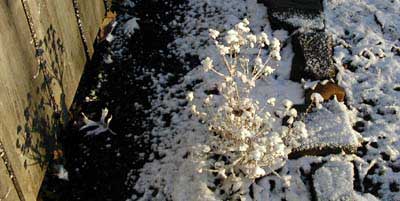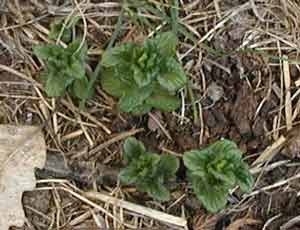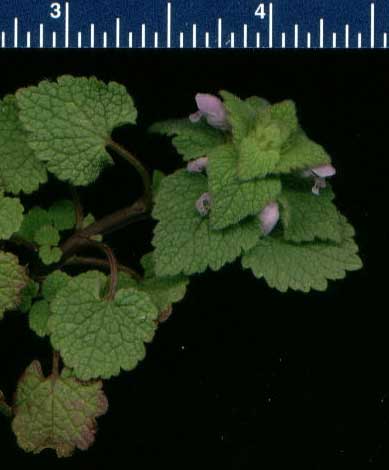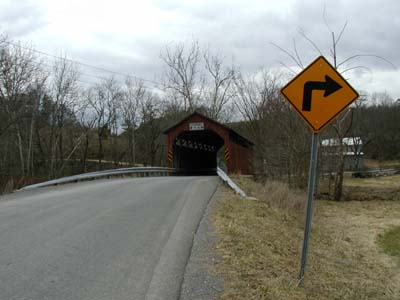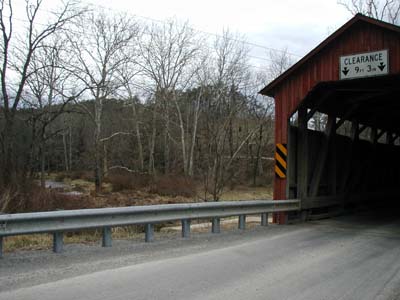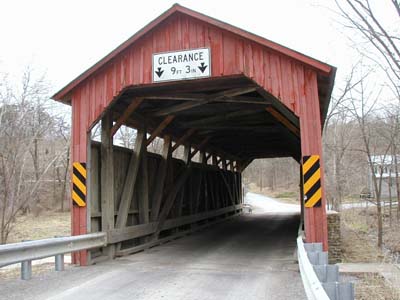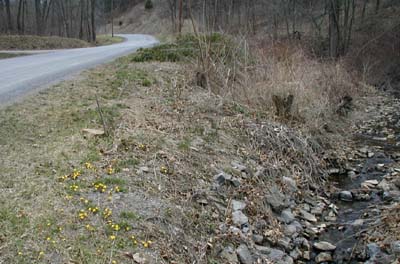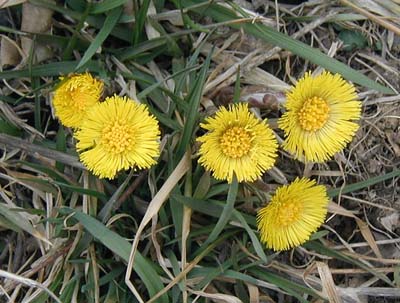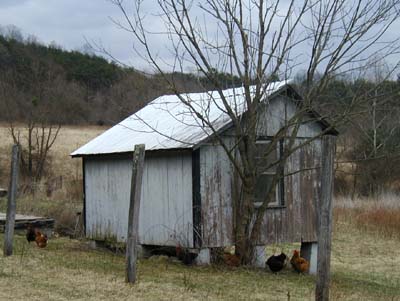Well, the early Spring ephemerals are gone from the woods now. New blooms are taking their place while other plants are just starting out. It’s interesting that a plant will be blooming in the lower ground but not so in the woodlands higher up the ridge. I’m a little surprised to see such a difference in blooming times for a change of only about 30 feet in elevation. The Sessile-leaved Bellwort, also known as Wild Oats, was blooming on the lower ground near the spring, but those on the higher flat land have not yet developed their flowers. The higher bellworts have about 3 sets of leaves now.
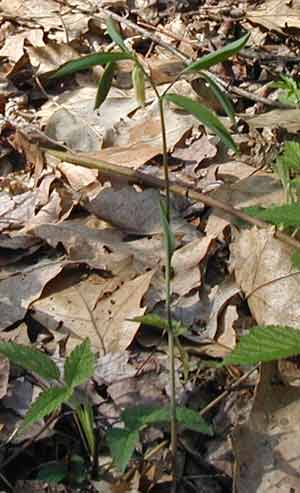
Soloman’s Seal is developing its flowers, but none were found blooming yet.
The dogwood trees certainly are blooming, and will continue for another week or so.
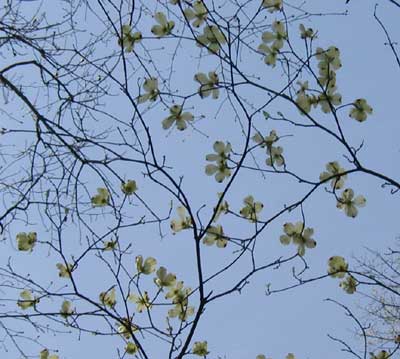
The mustards are blooming in full. There are over 130 species in the NorthEast, so identifications can be difficult. As members of the Cruciferae family, each mustard has four regular petals in the shape of a cross. Familiar vegetables, like broccoli and cauliflower, belong to this group. Garlic mustard is easily identified, however, by its stalked, somewhat triangular or heart-shaped leaves that have the odor of garlic when crushed. Garlic mustard is an alien plant that has become established nearly everywhere, to the demise of some native plants. Feel free to pull it out!
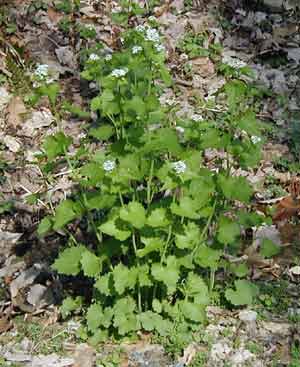
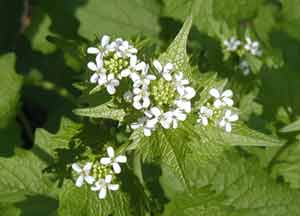
Garlic mustard showing the typical four-petal flowers.
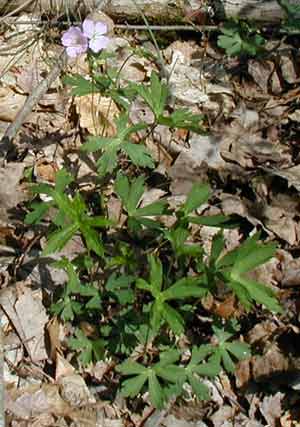
In contrast to the single blooms of a few different plants, there are violets blooming everywhere. It is so pleasing to see so many violets bloom at once! The Common Blue Violet, Viola sp., with its heart-shaped leaves seems to be in its glory near the pond. The two lower side petals are bearded and the central lower petal is not.
